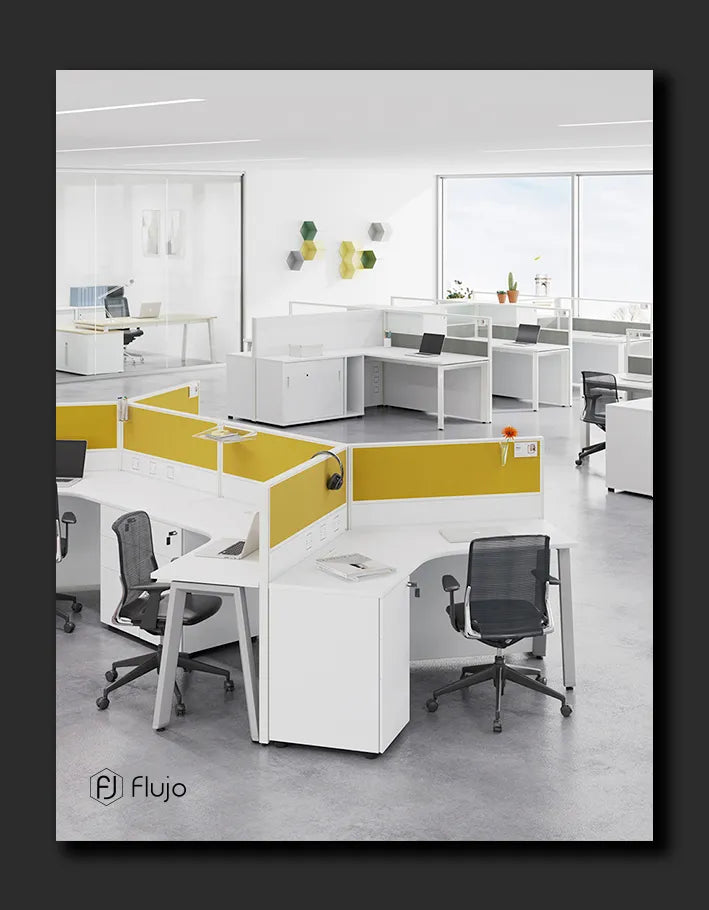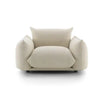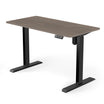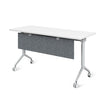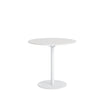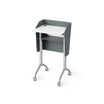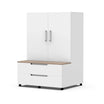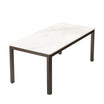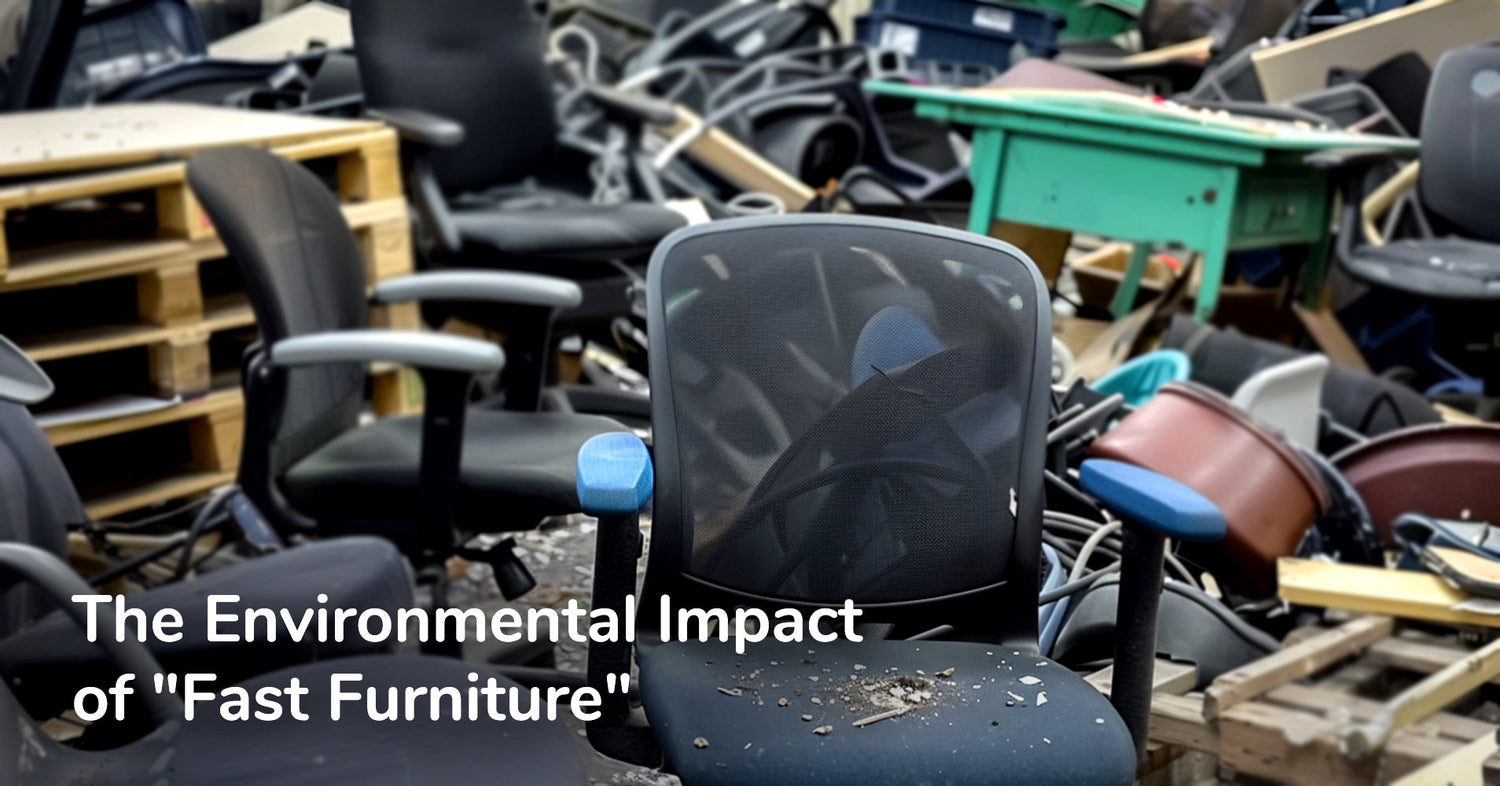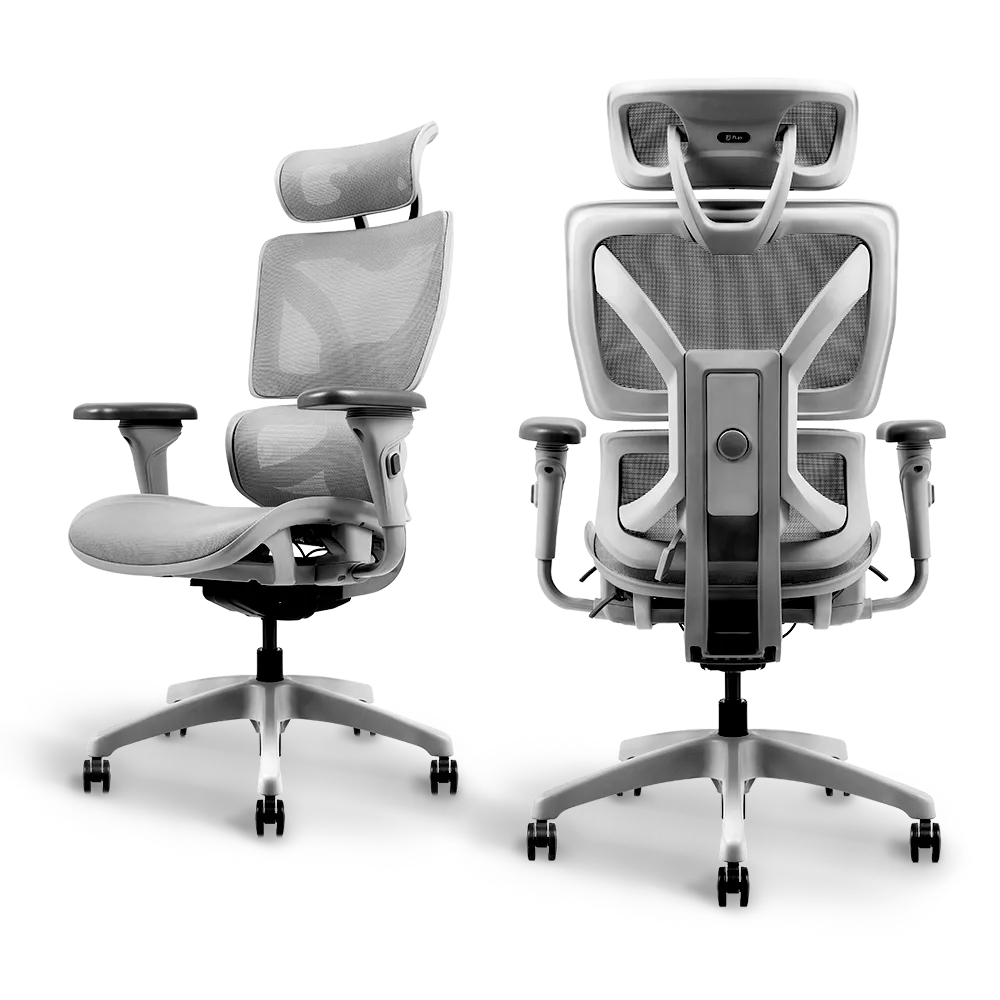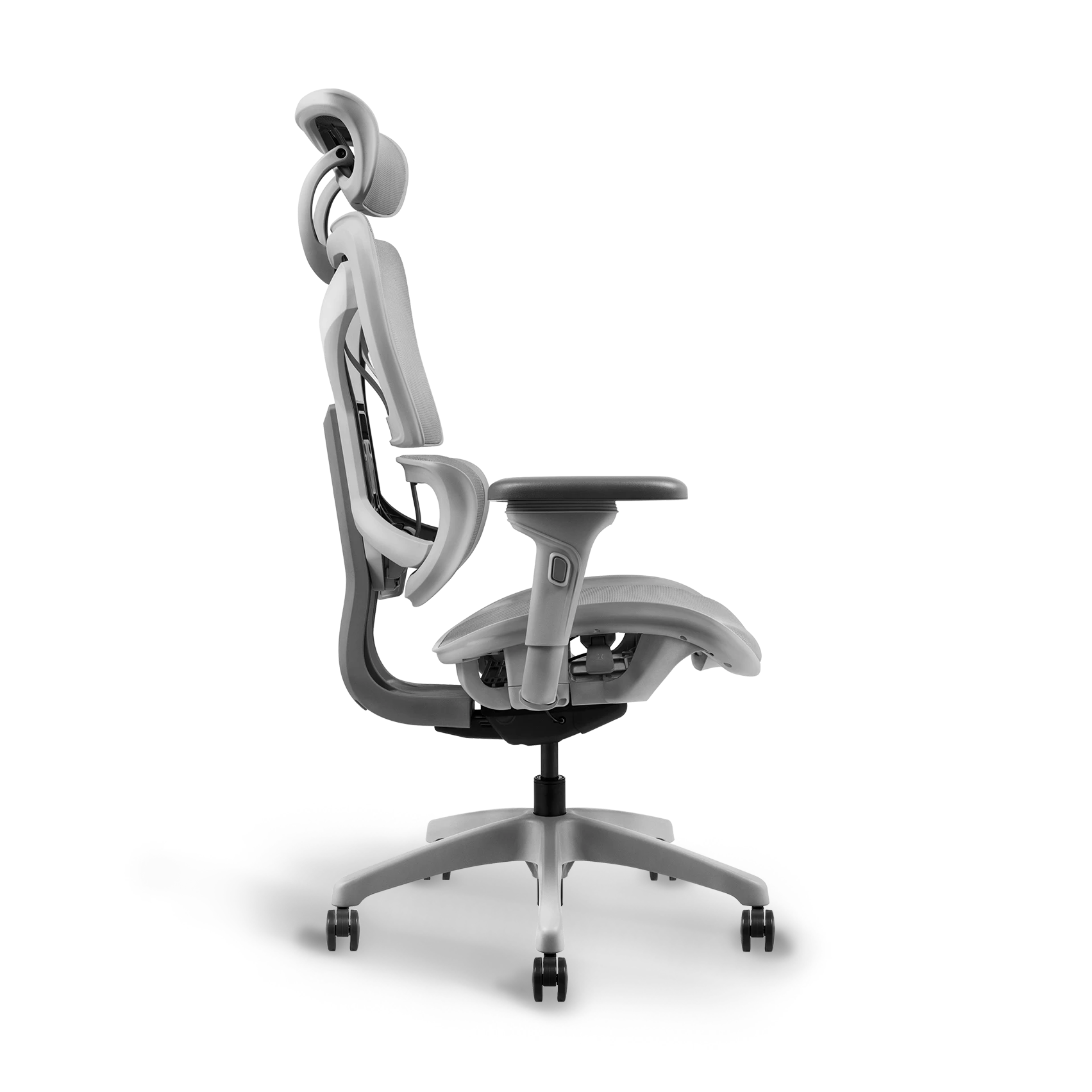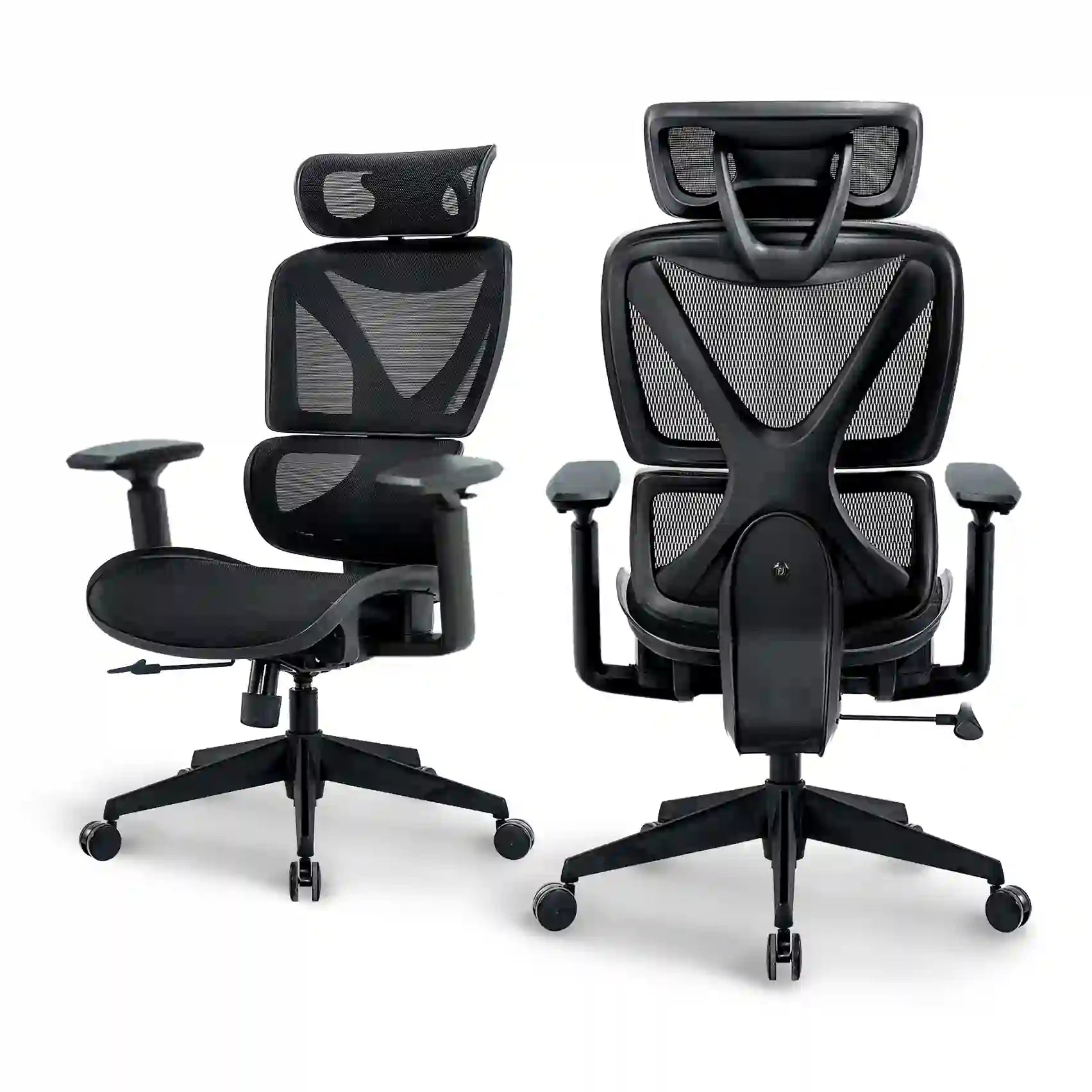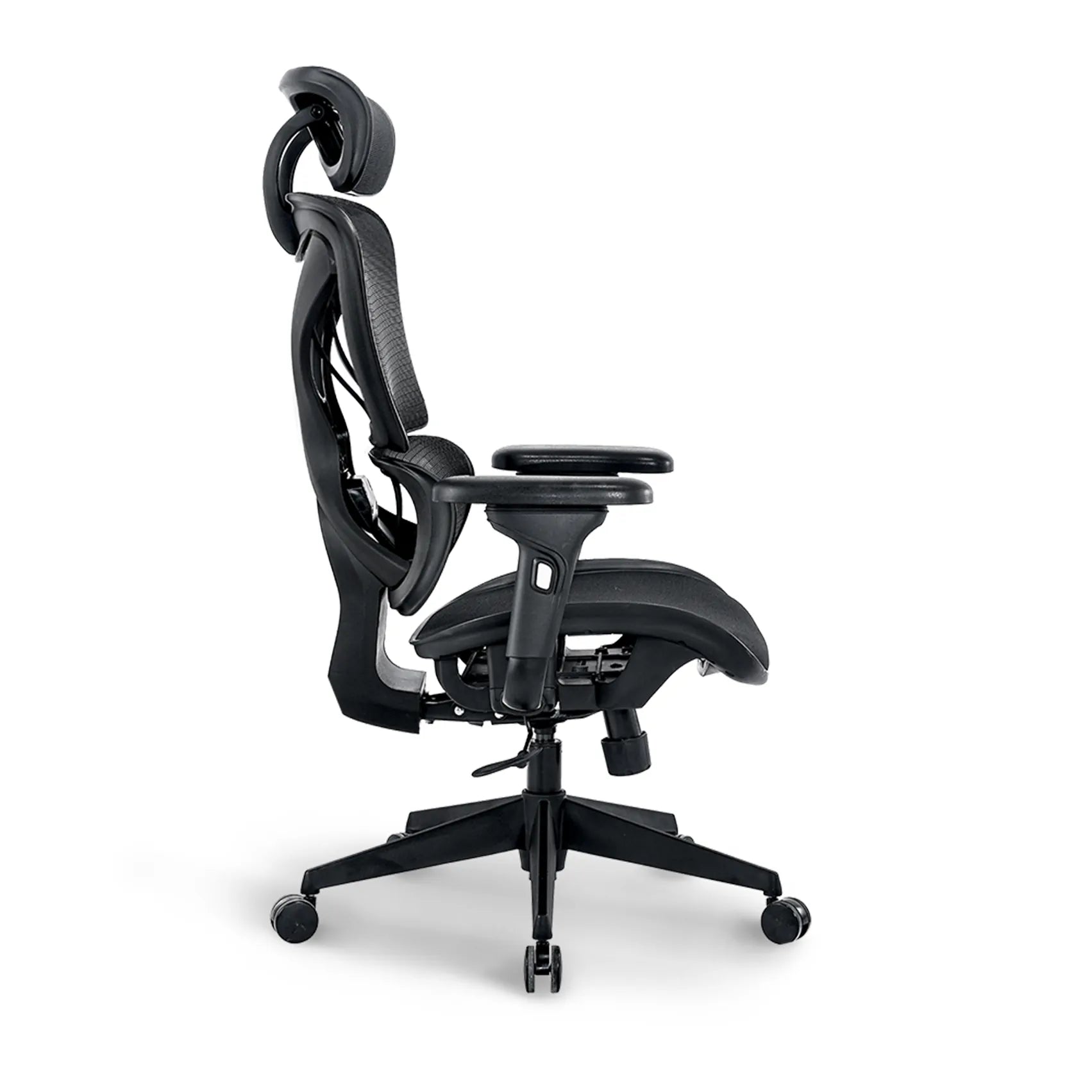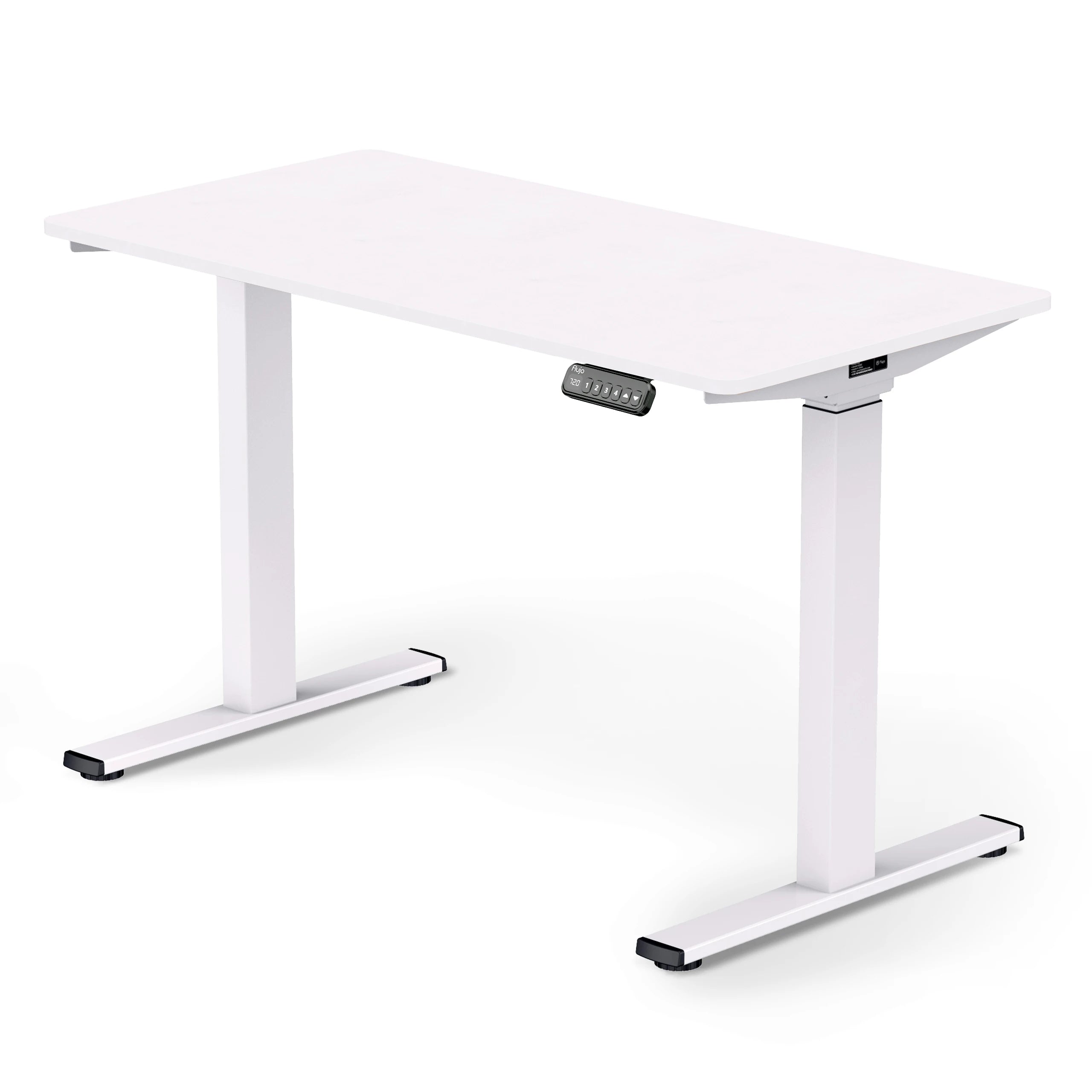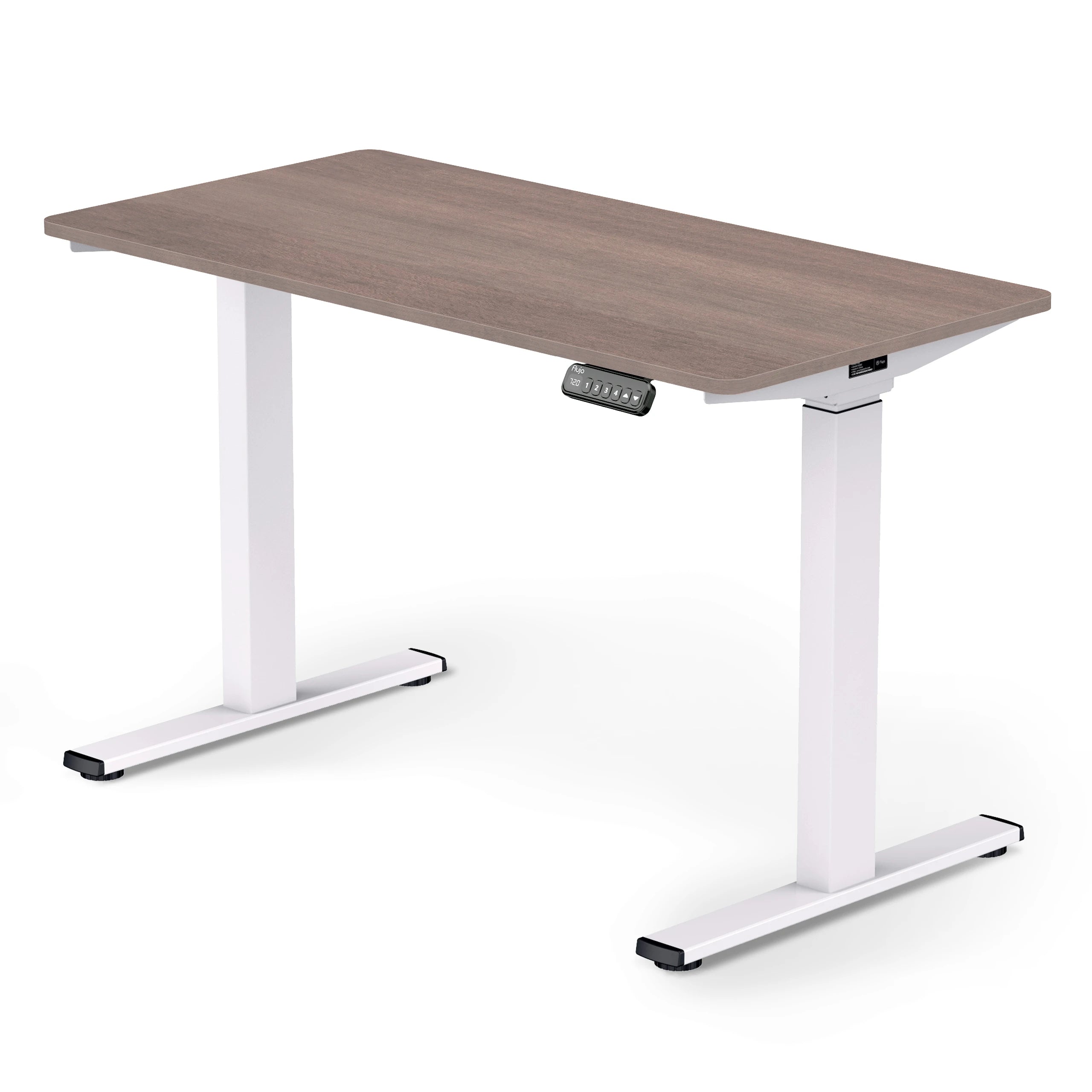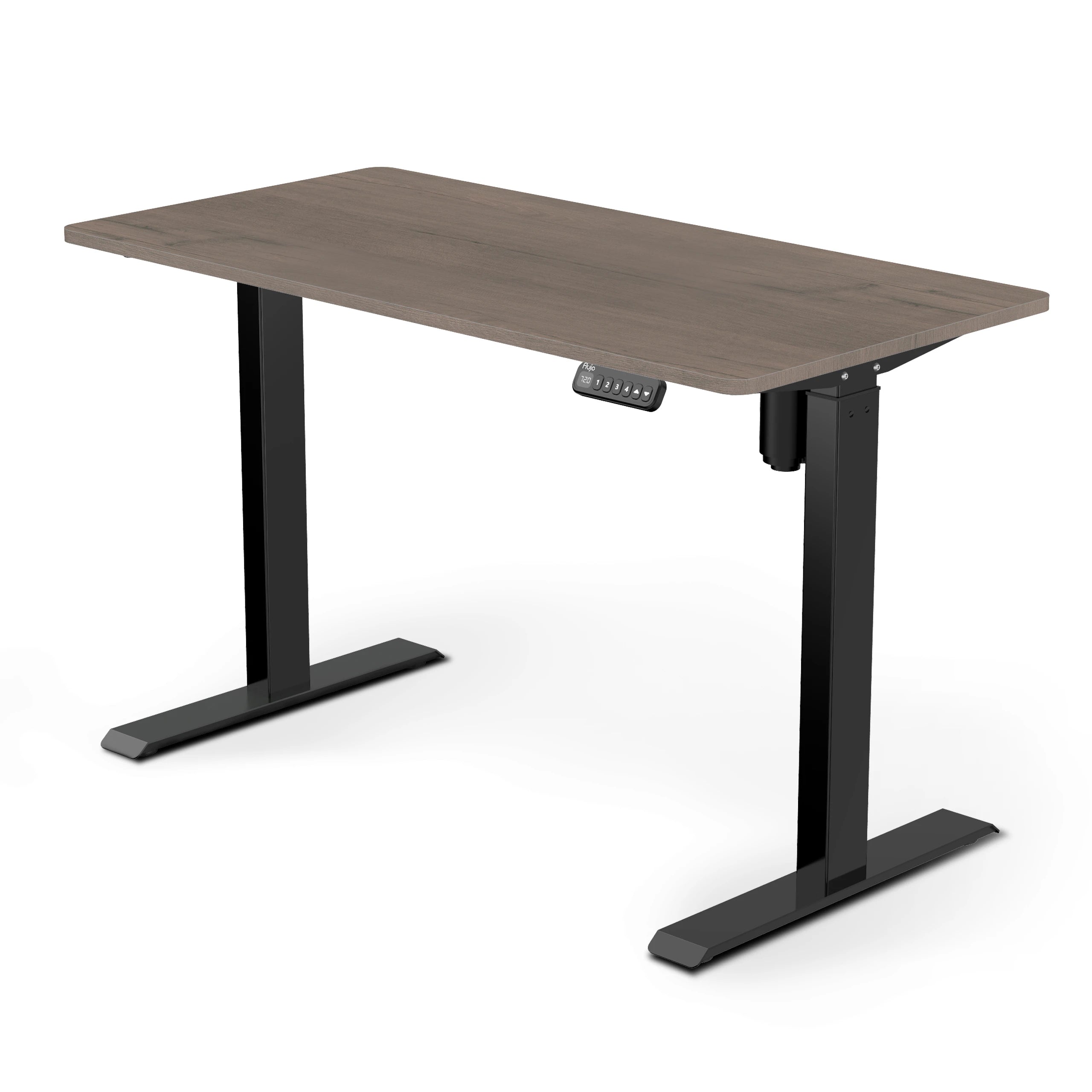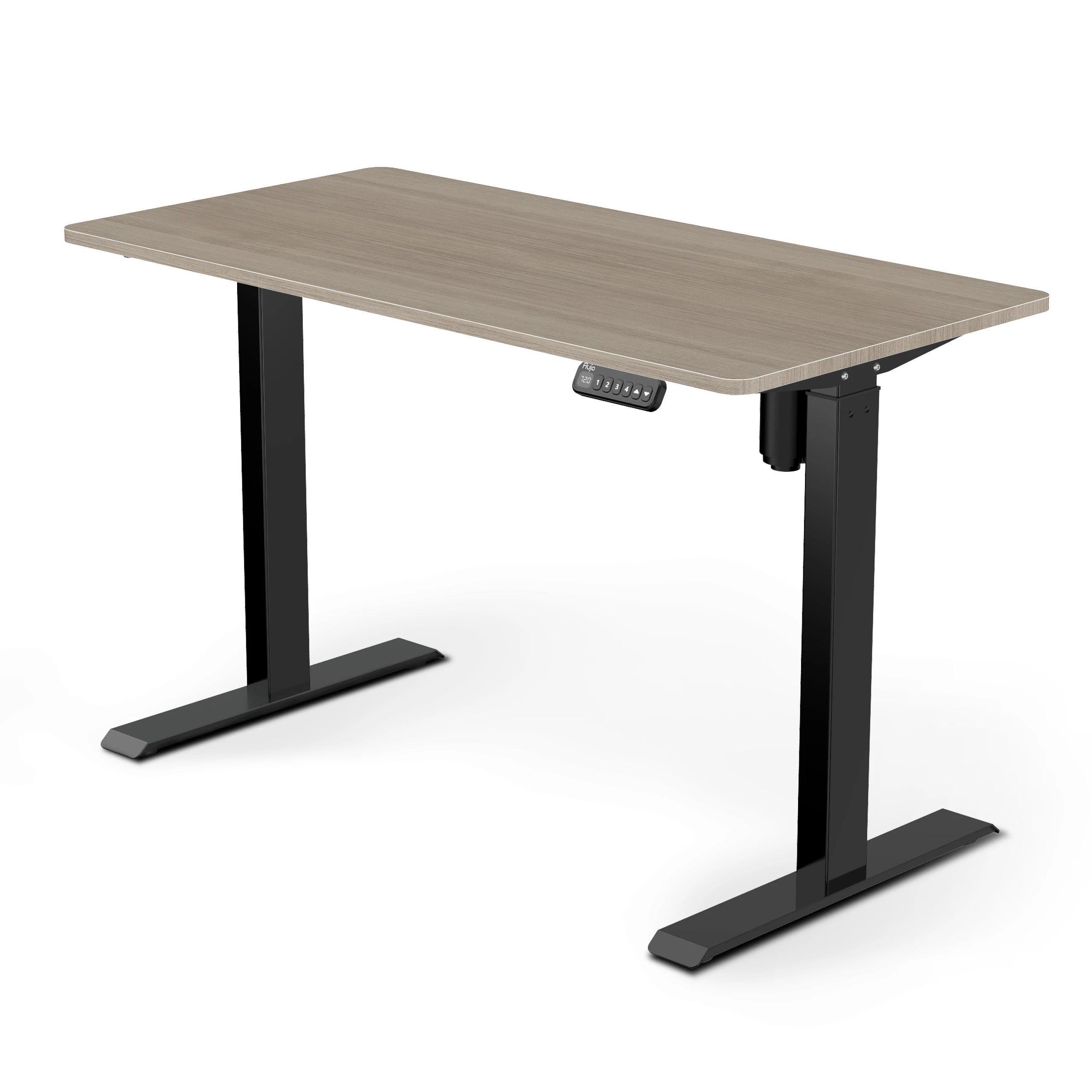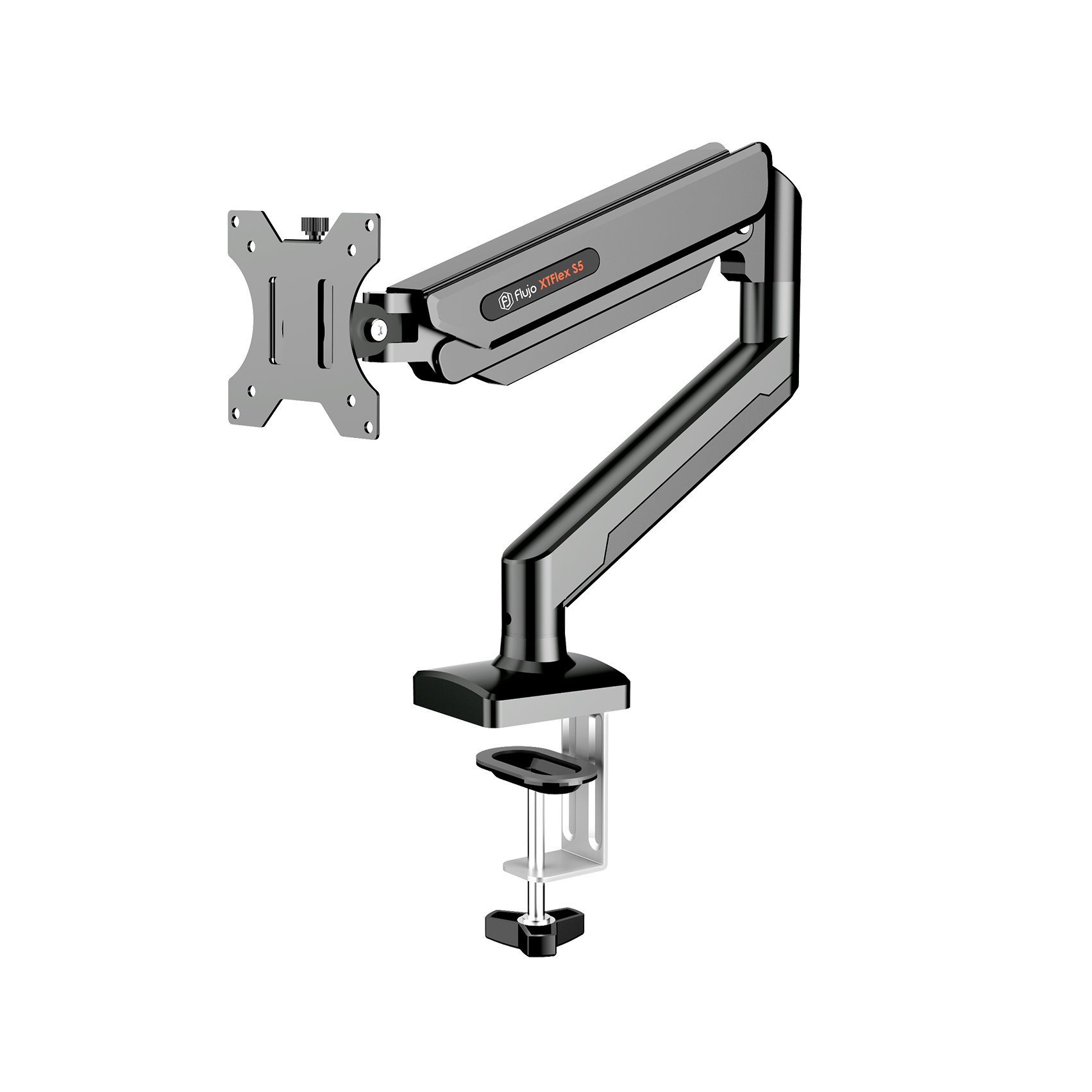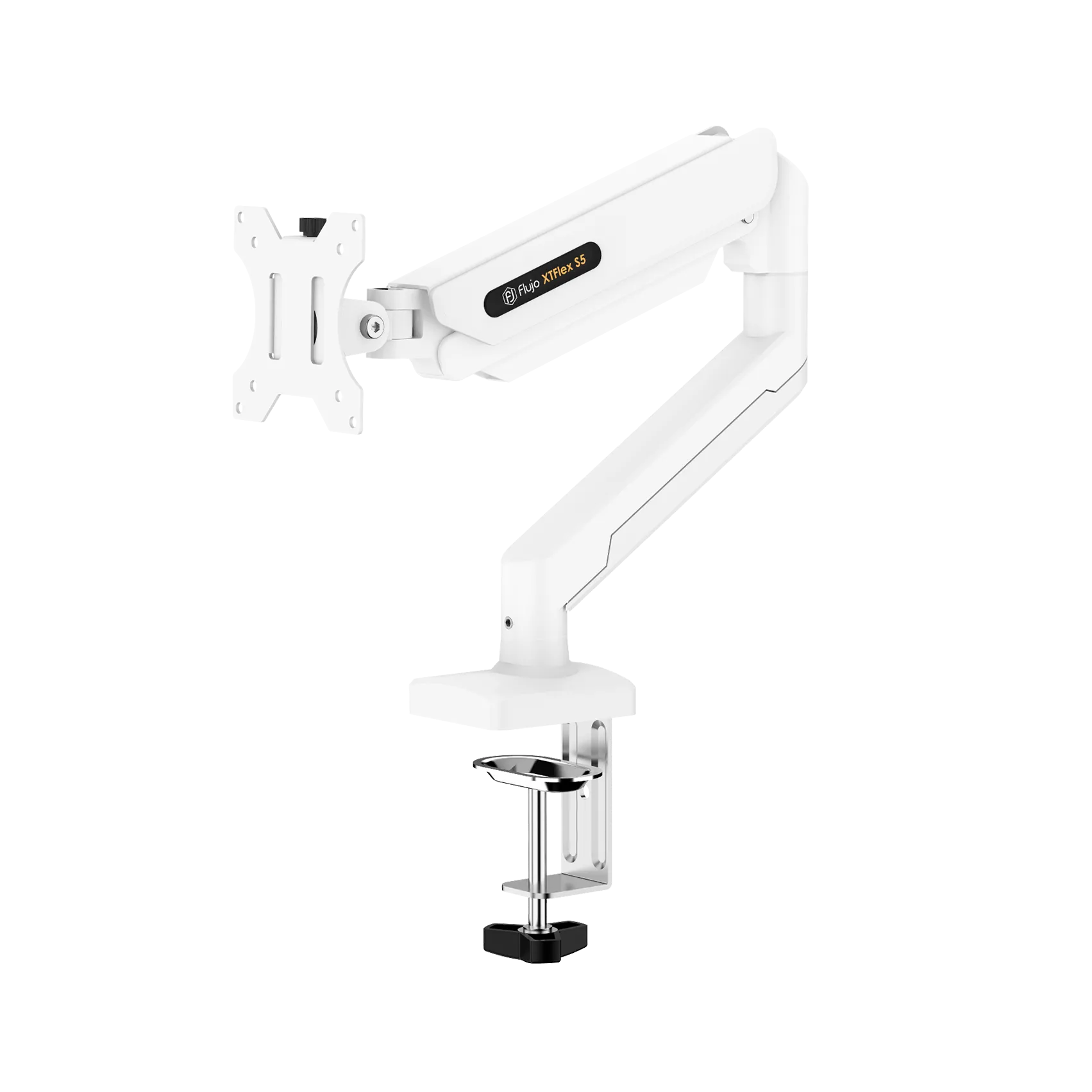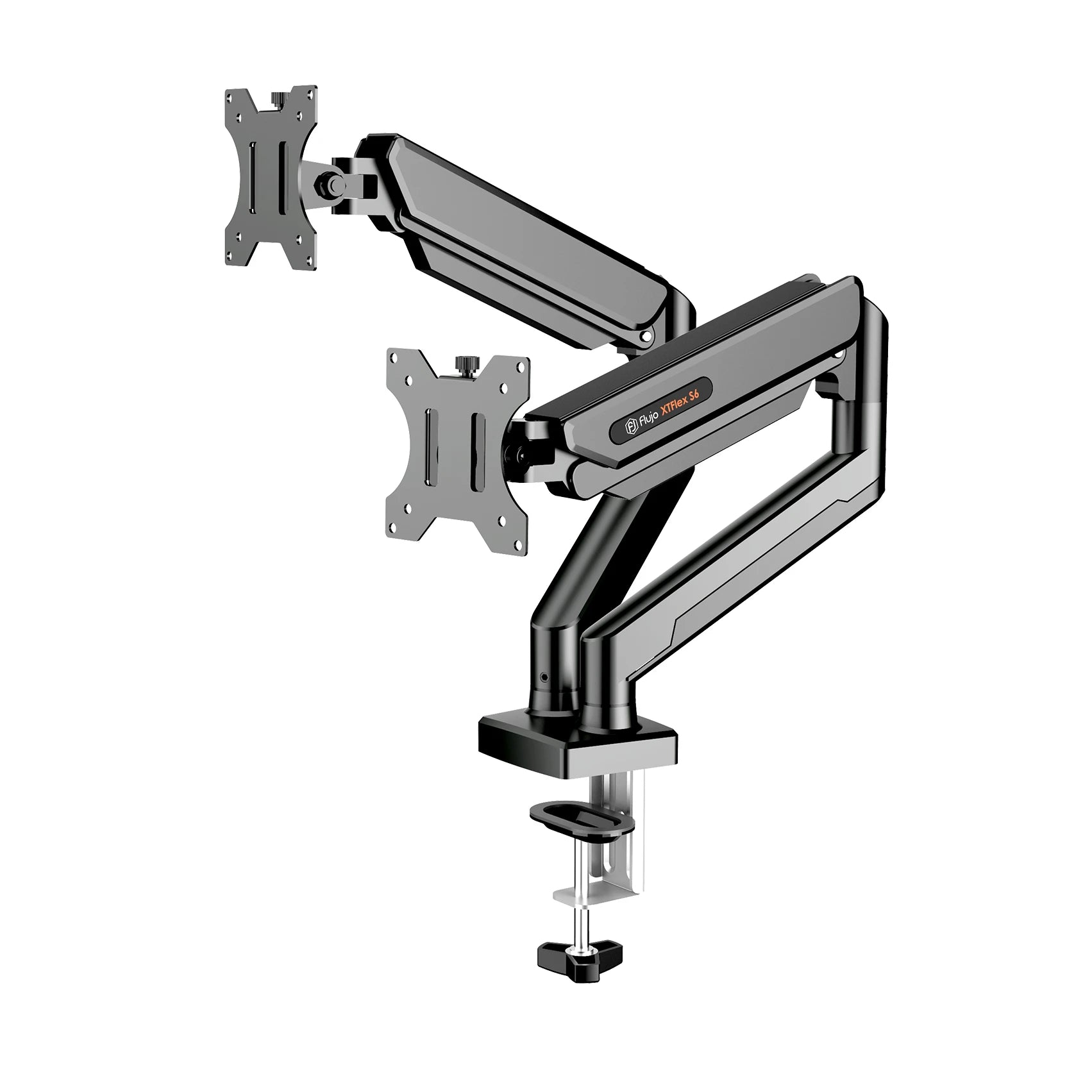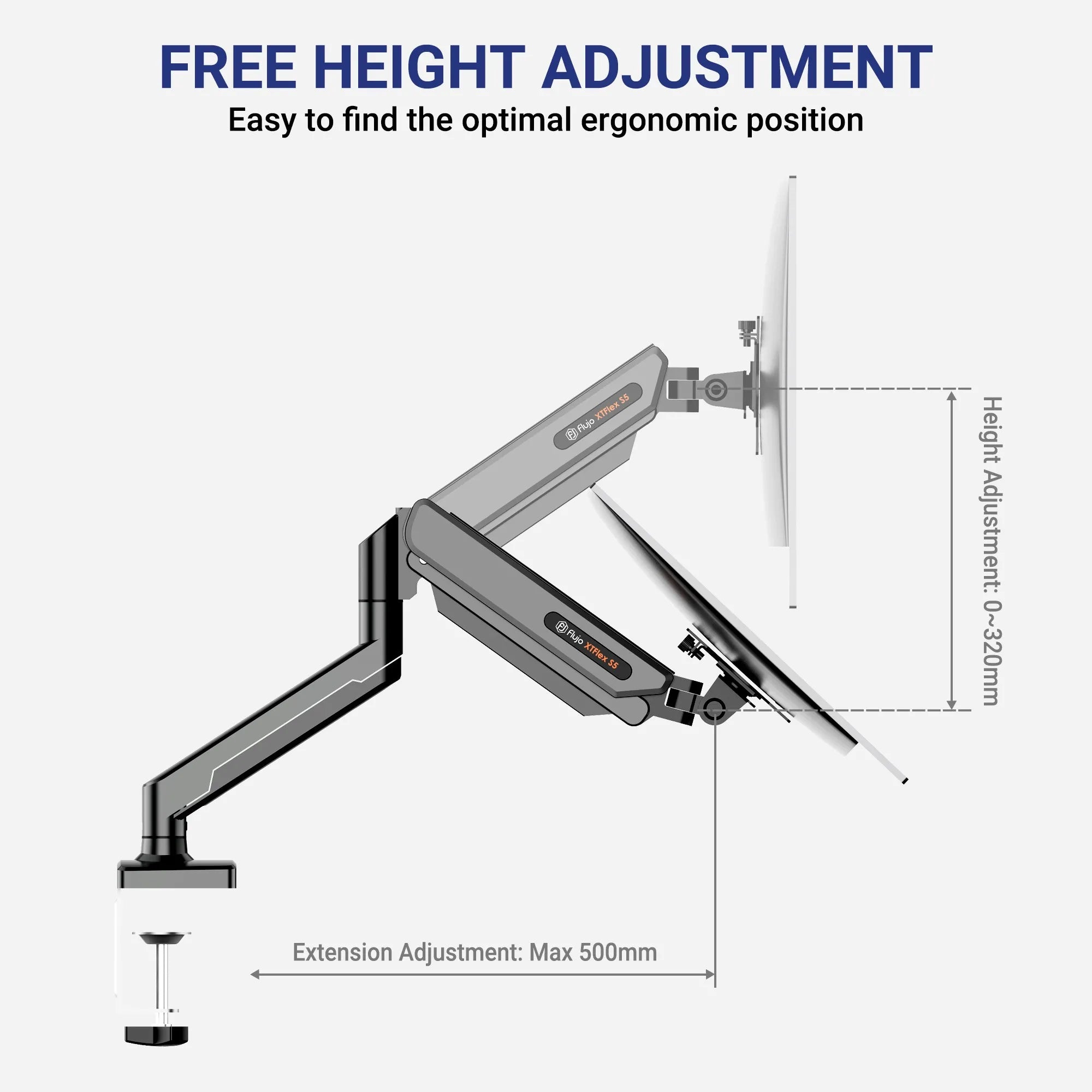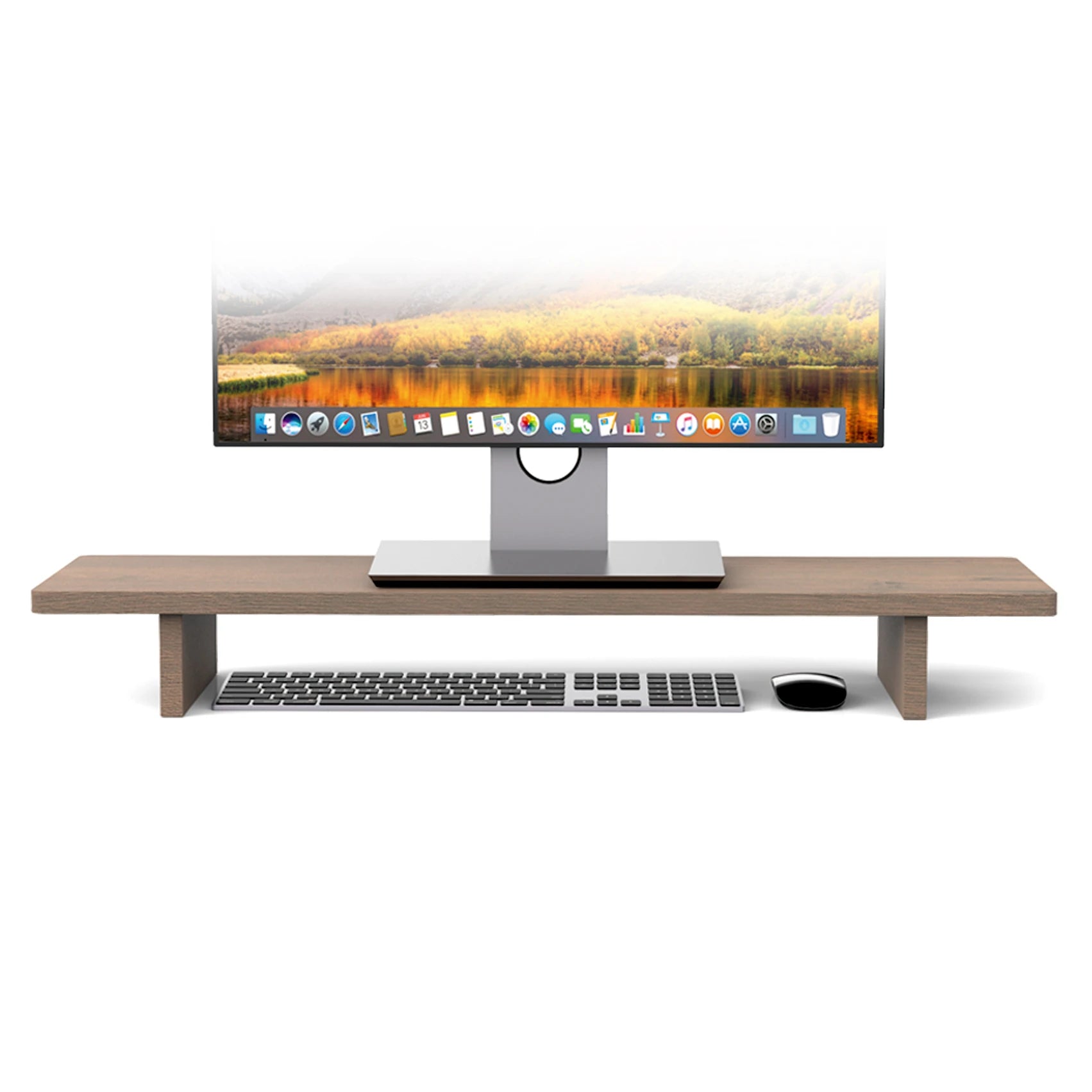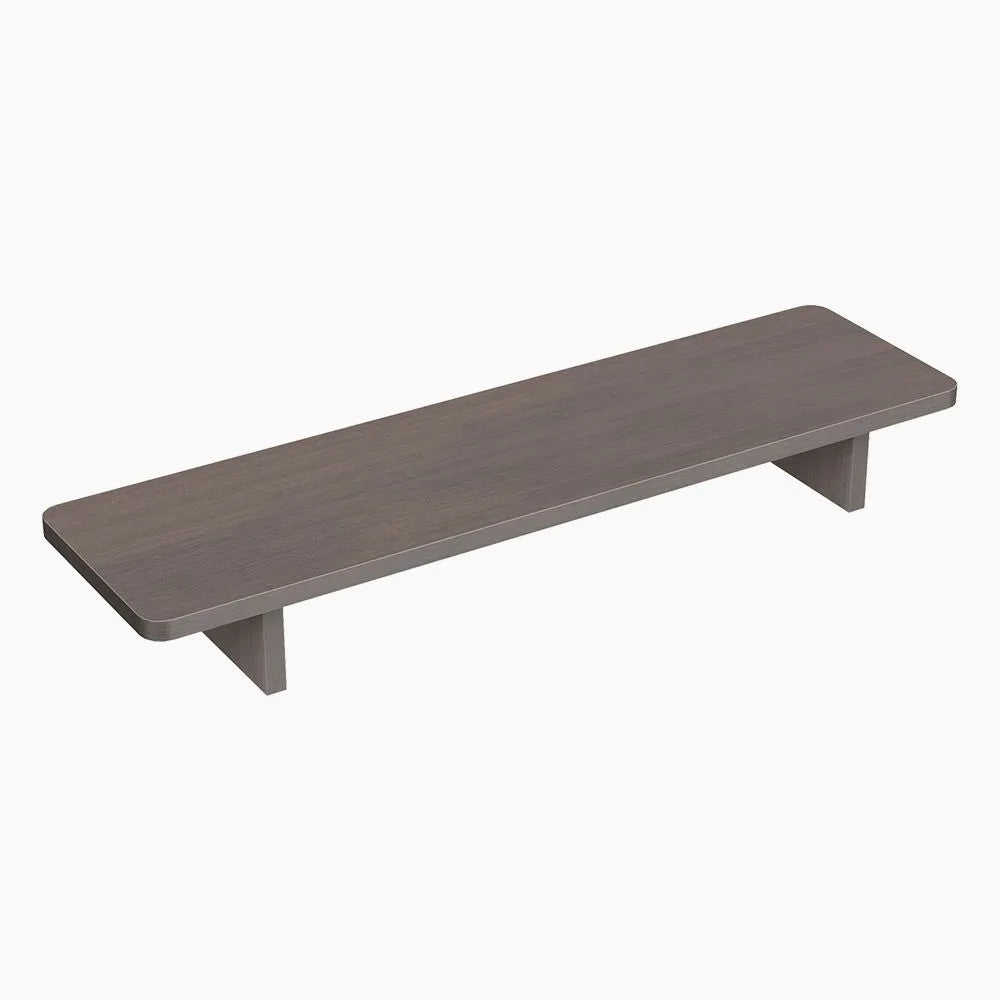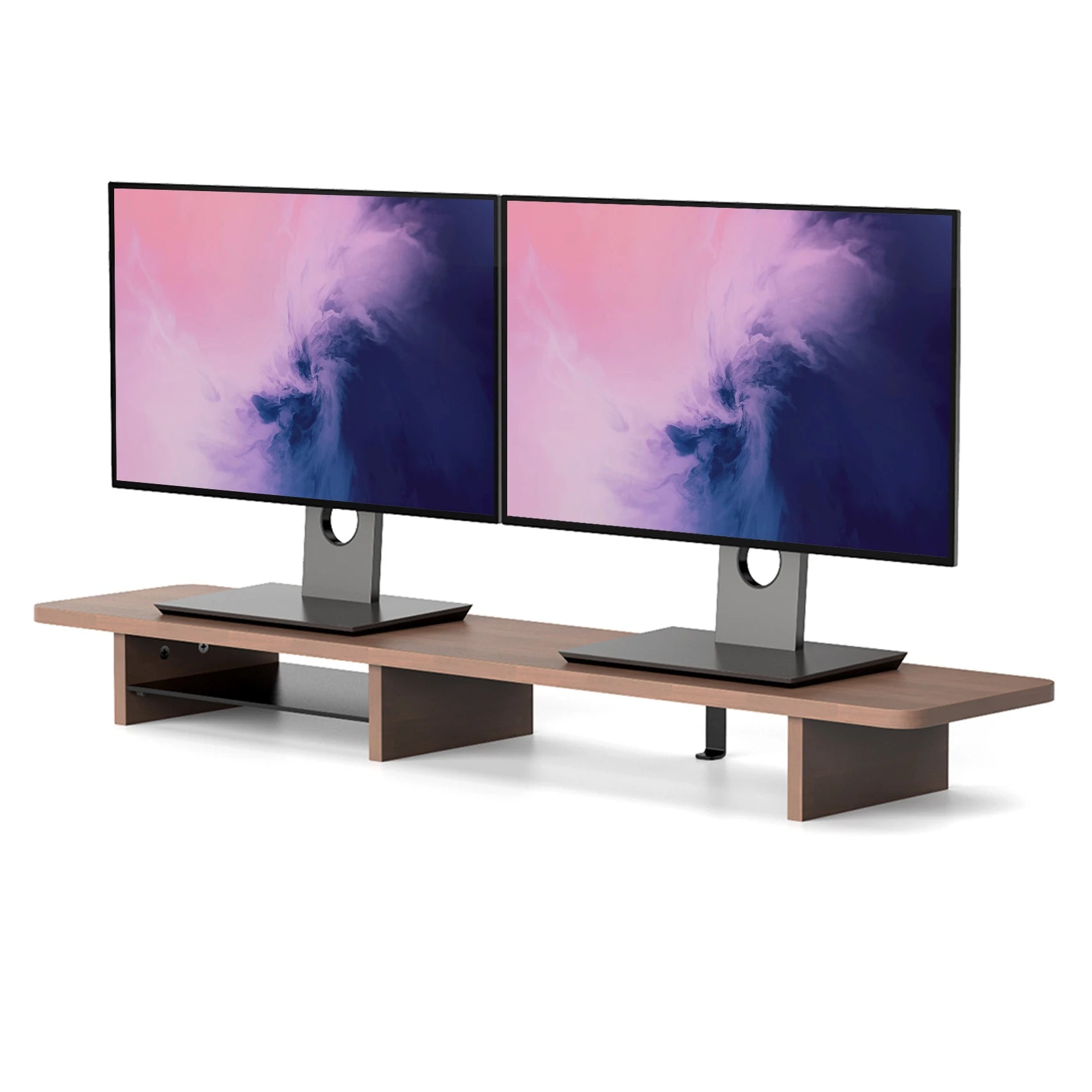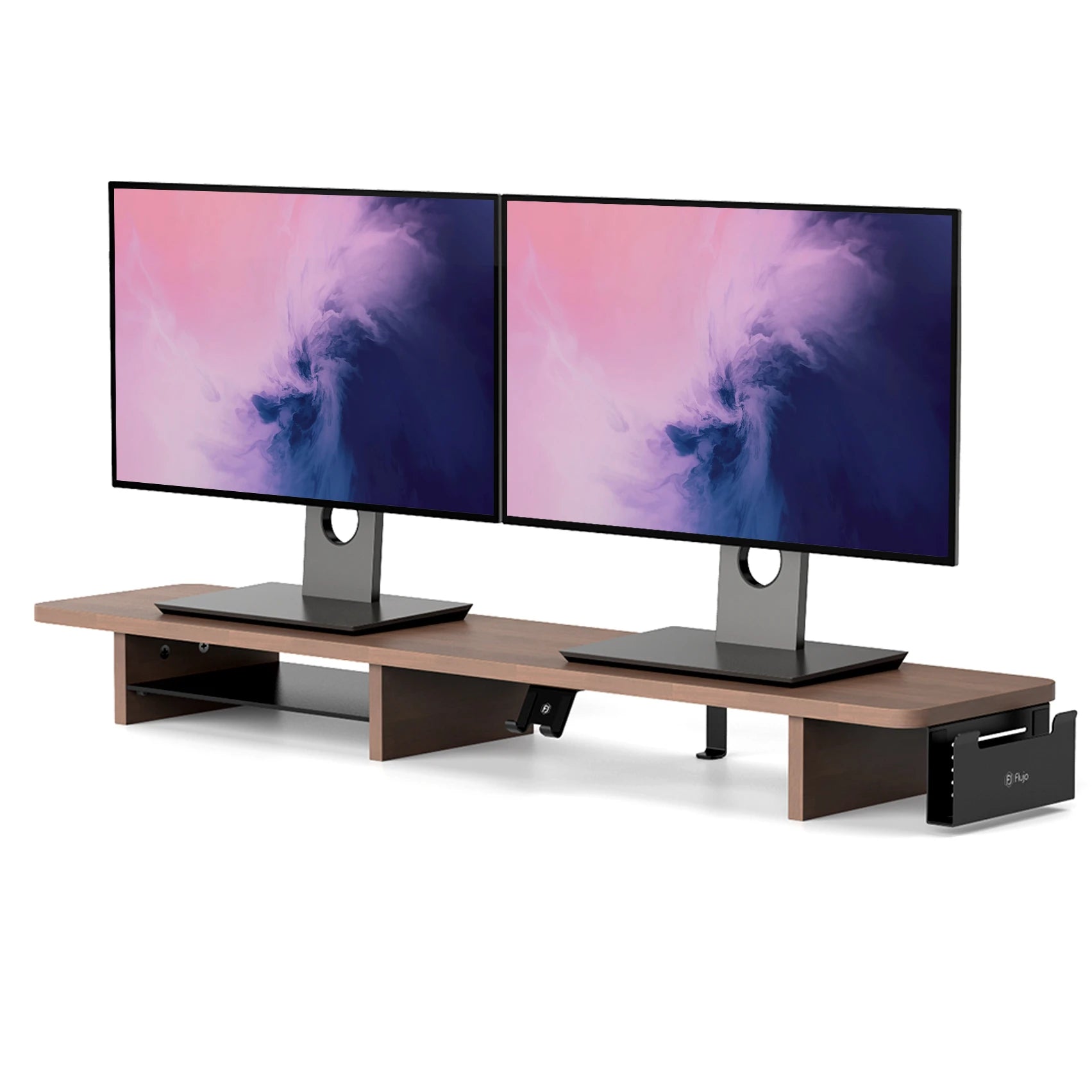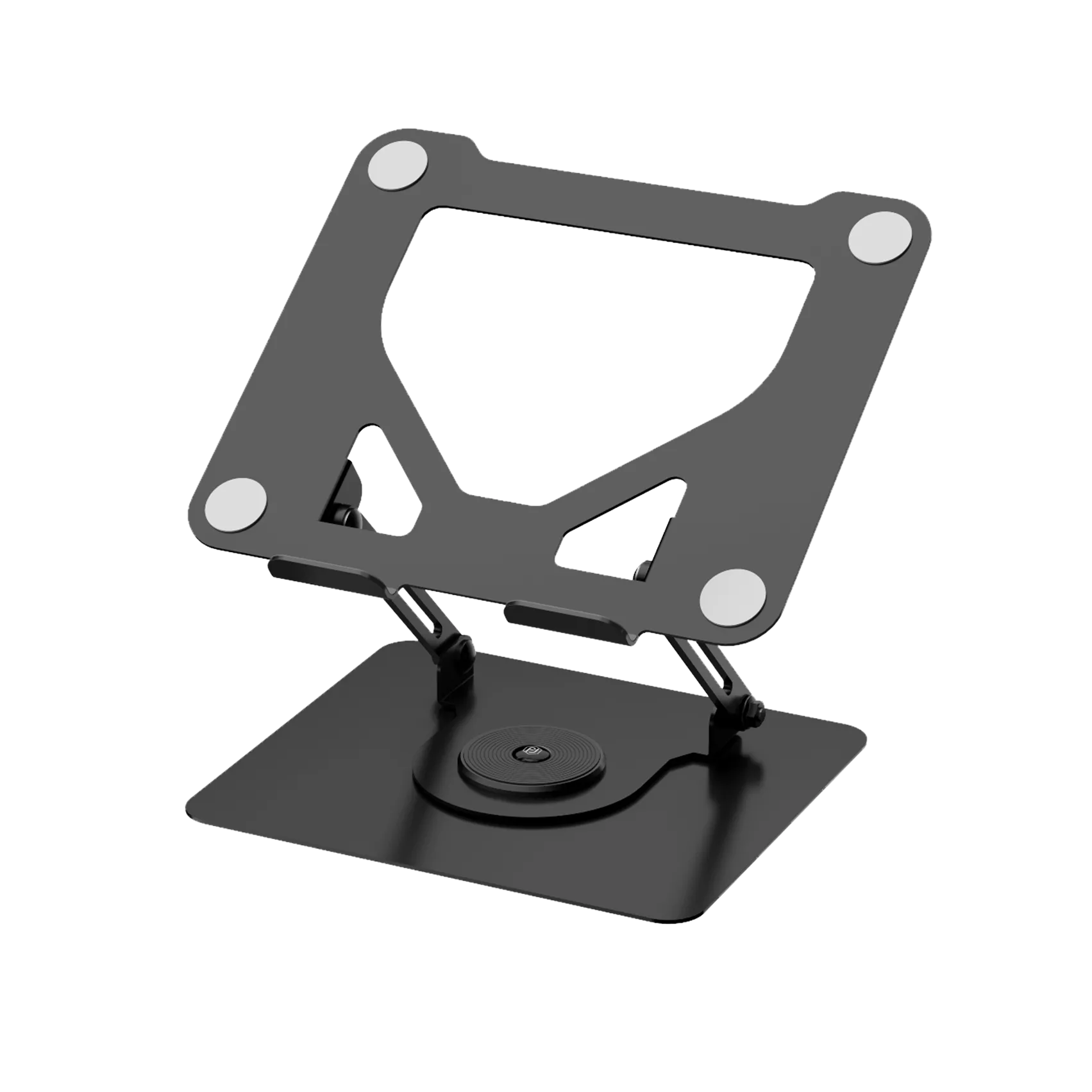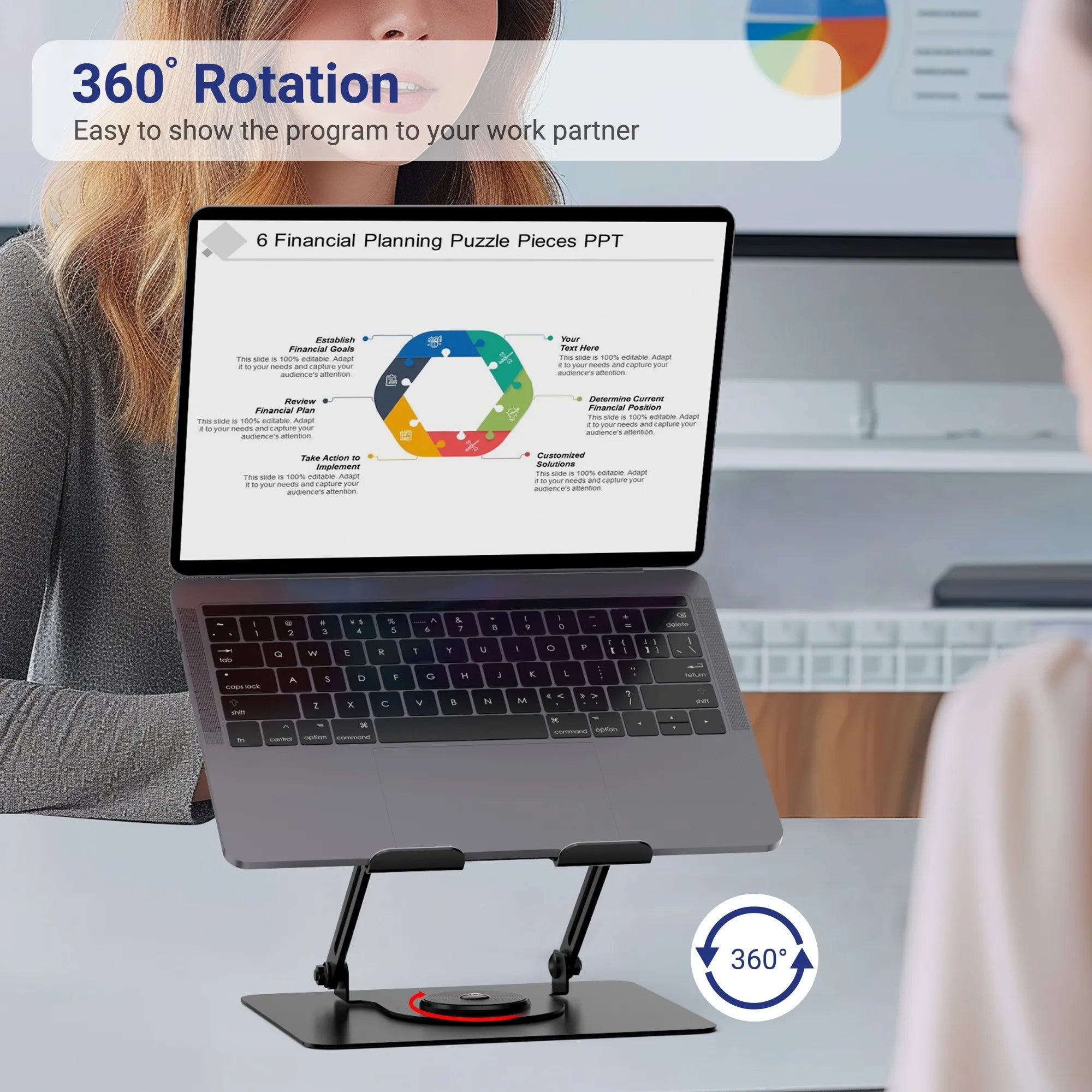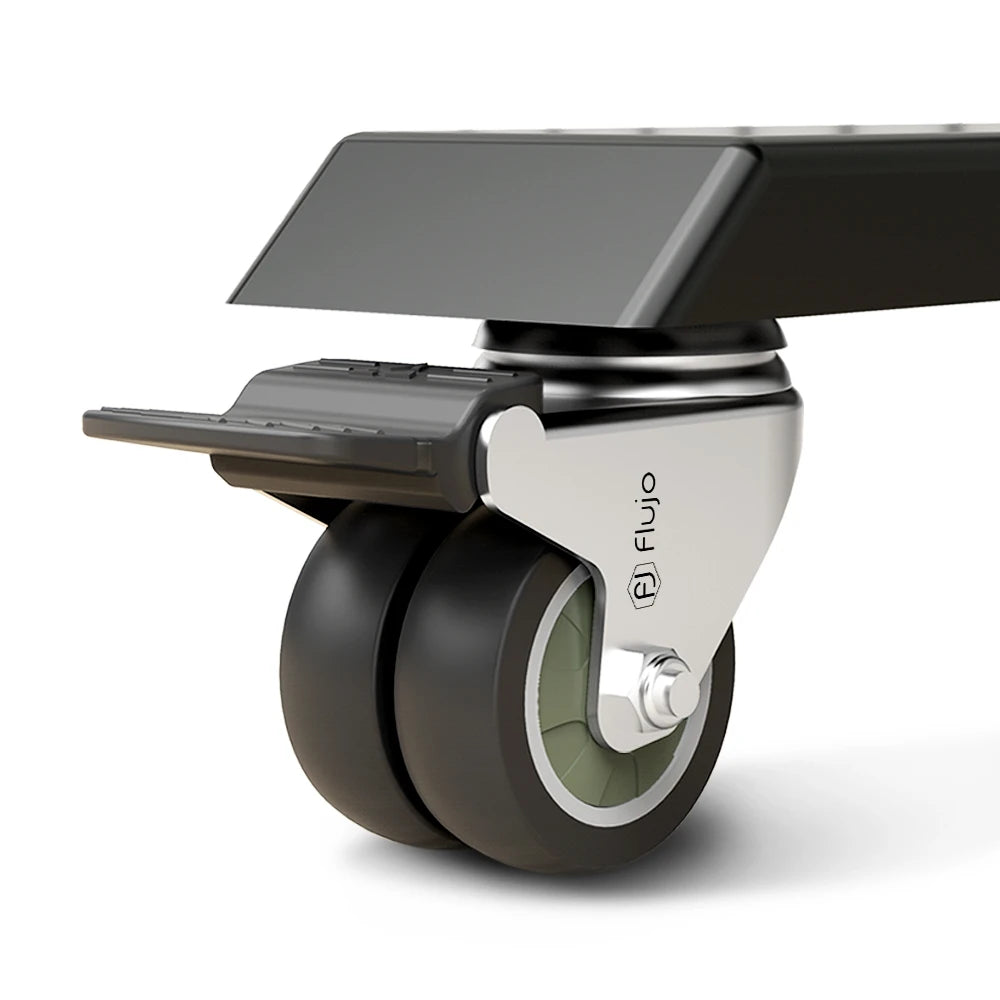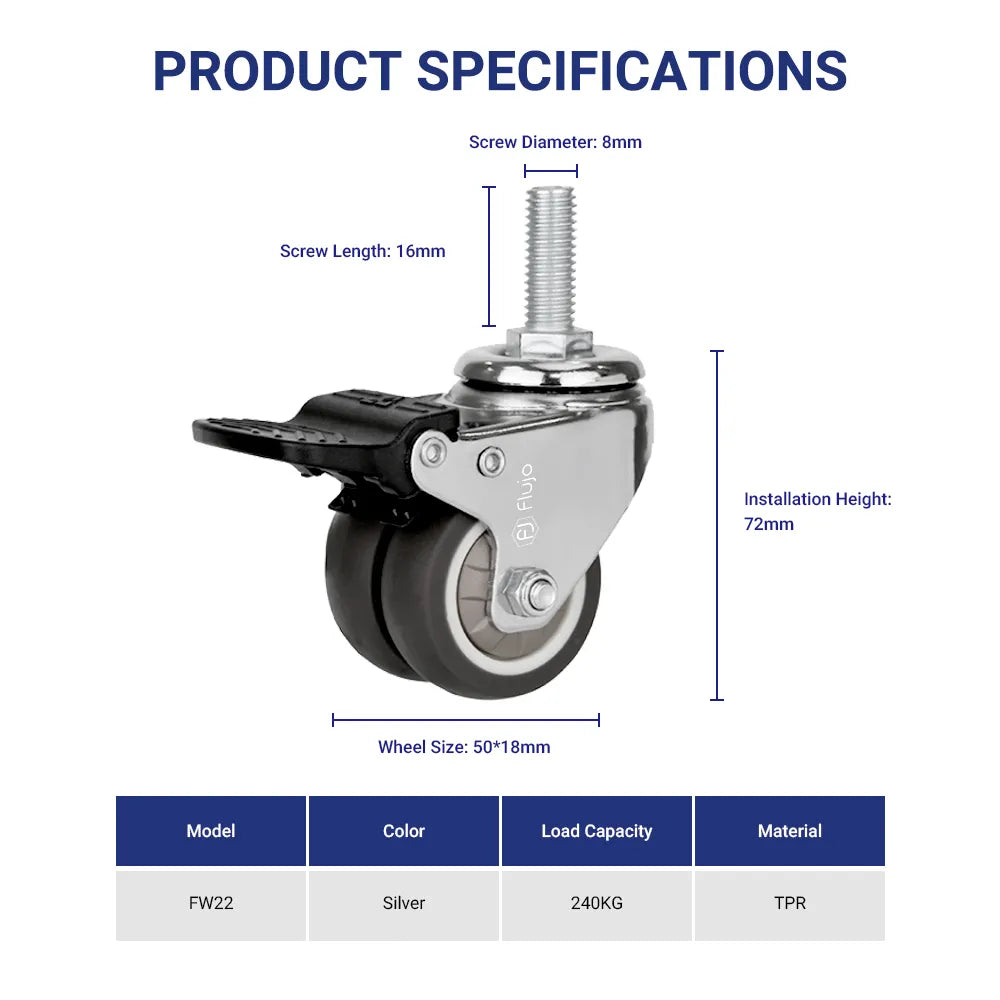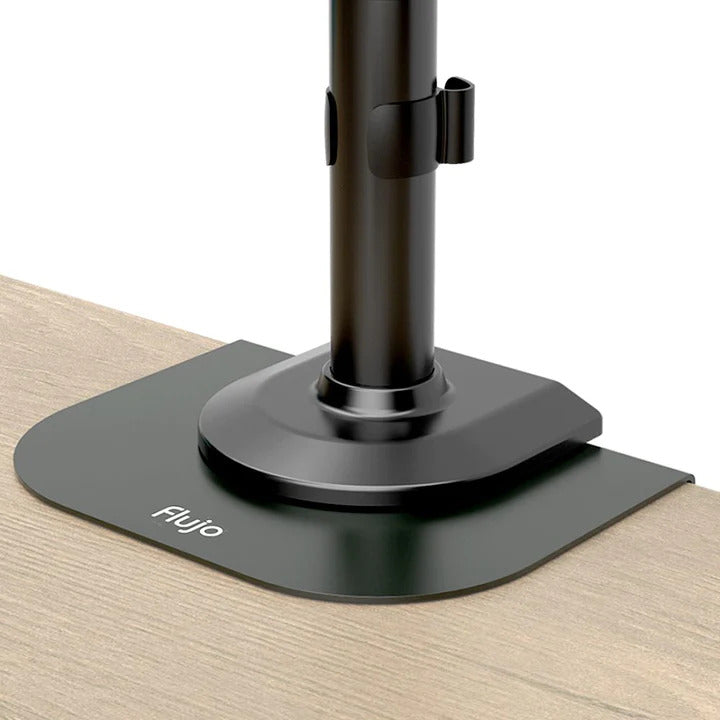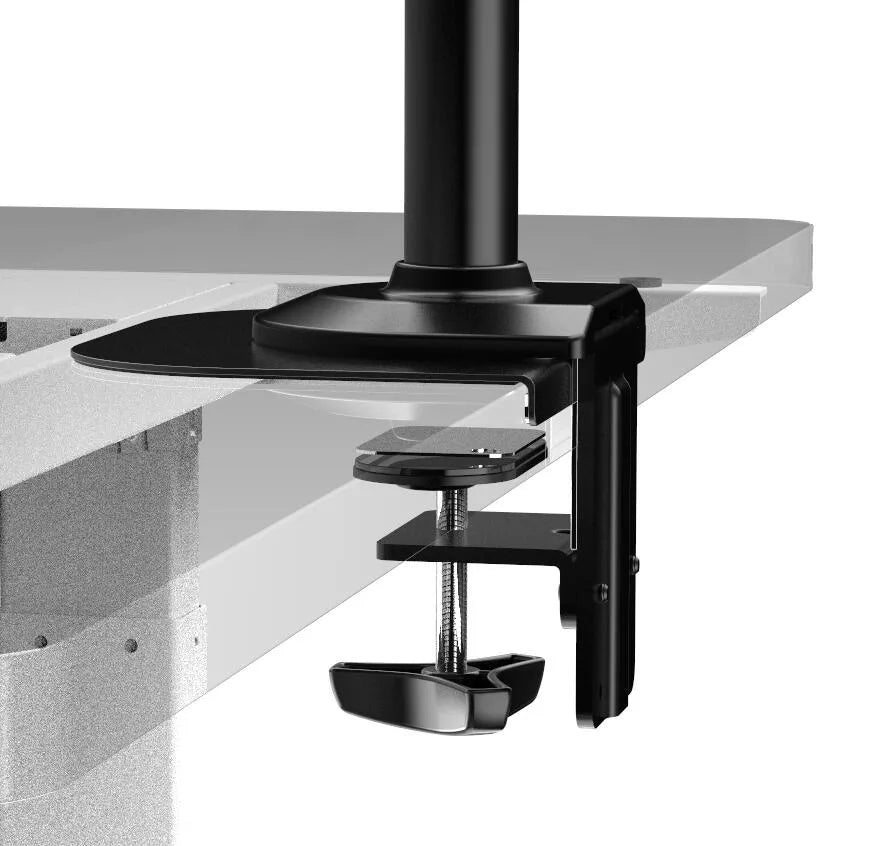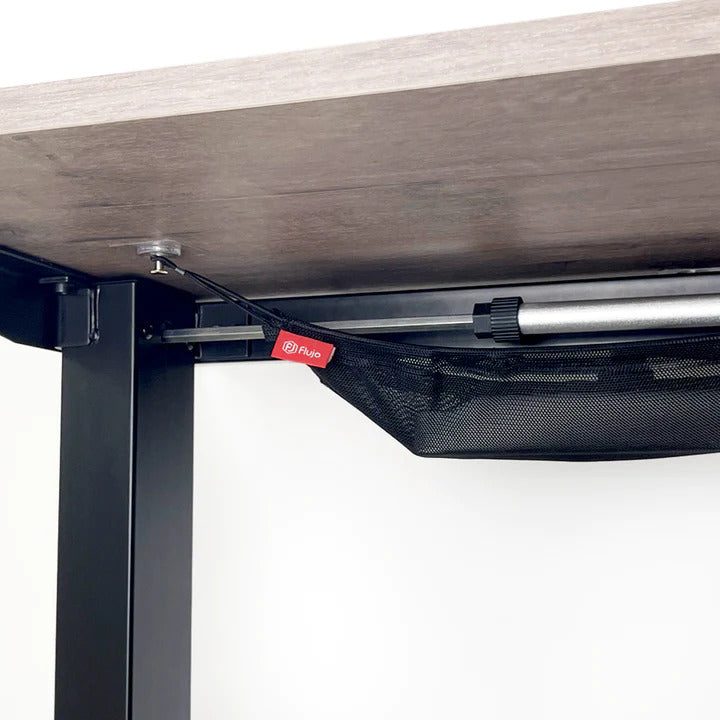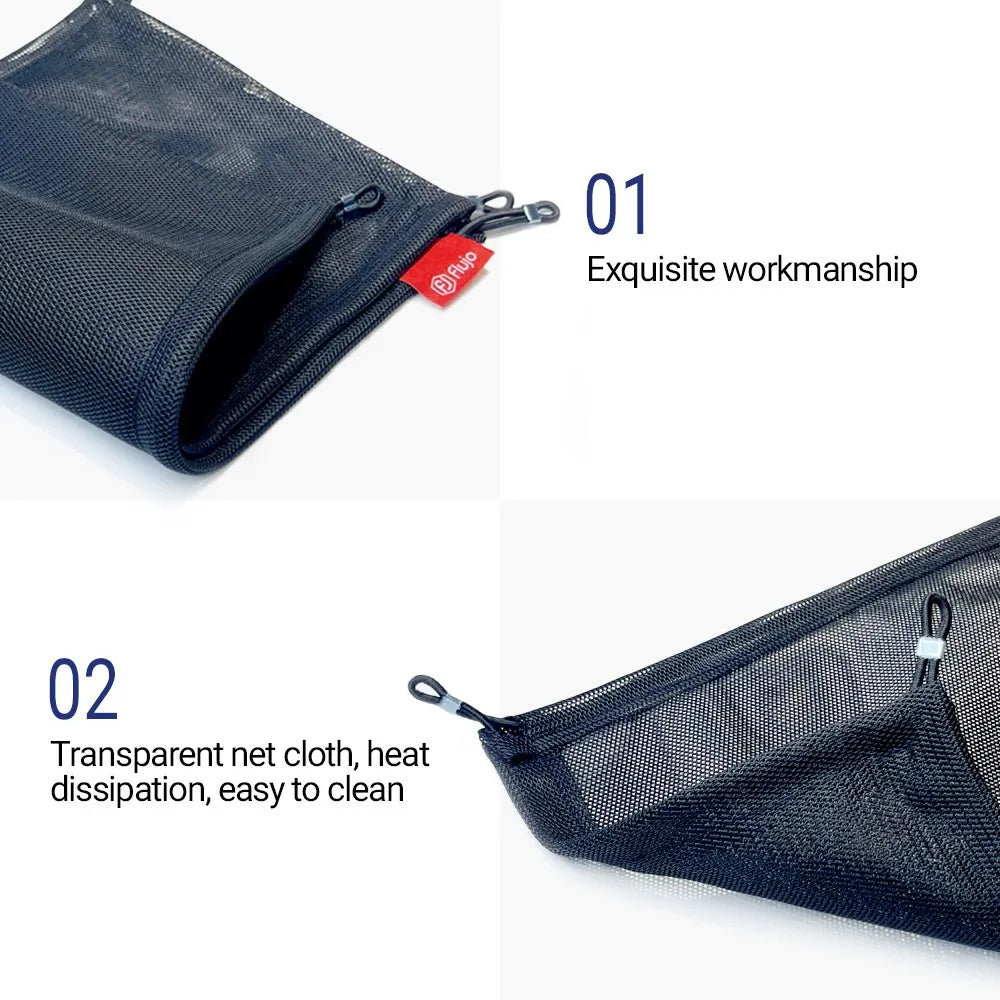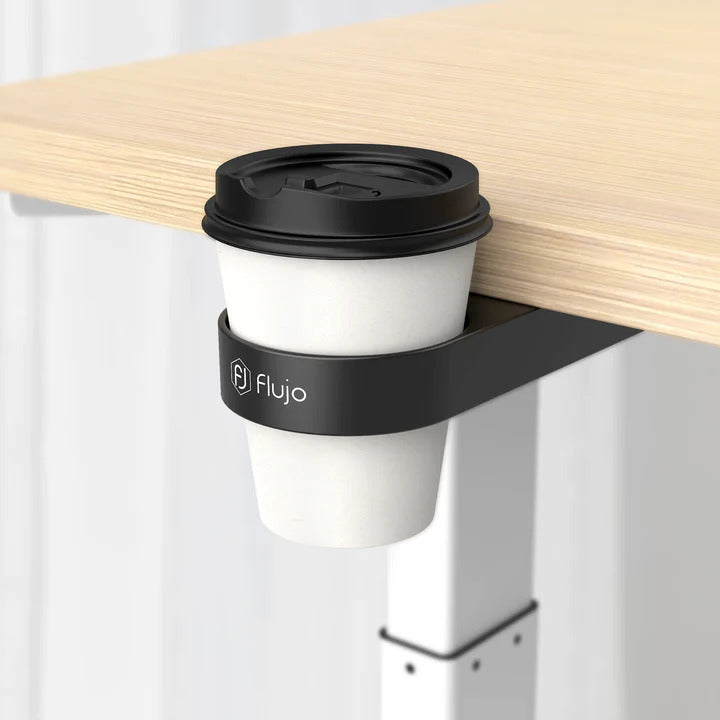The Environmental Impact of "Fast Furniture" and Making Sustainable Choices
In recent years, the concept of "fast furniture" has gained significant traction, mirroring the rapid rise of fast fashion. With its appeal of low costs and trendy designs, fast furniture attracts both consumers and businesses looking to furnish spaces affordably. However, this seemingly attractive option comes with hidden costs that are not just financial but also environmental.
The Problem with "Fast Furniture"
Short Lifespan and Waste Generation
One of the most significant issues with fast furniture is its short lifespan. Many people and companies opt for these budget-friendly options due to cost constraints or impulsive buying decisions. However, these pieces often start showing signs of wear and tear within a few months to a couple of years. As a result, consumers find themselves discarding and replacing them frequently.
This cycle of disposal contributes heavily to waste generation. Discarded office chairs, desks, and other furniture items end up in landfills, contributing to the growing problem of waste management. Most of these items are made from synthetic materials derived from petroleum, which do not decompose easily and release harmful chemicals into the environment over time.
High Carbon Footprint
The environmental impact of fast furniture extends beyond just waste. The carbon footprint associated with manufacturing these items is substantial. According to research by the Furniture Industry Research Association (FIRA), the production of a standard office task chair results in an average of 72 kg of CO2 emissions. Similarly, a visitor’s chair causes 36 kg of CO2 emissions, and a standard office desk produces 45 kg of CO2 emissions.
The use of cheap synthetic materials and the importation of commodities and parts from abroad contribute significantly to this carbon footprint. The entire process, from production to transportation, results in a massive amount of greenhouse gas emissions, further exacerbating climate change.
The Illusion of Savings
False Economies
At first glance, fast furniture appears to be a cost-effective solution. The low prices make it an attractive option for many consumers and businesses. However, this perceived savings is often an illusion. While the initial investment might be low, the need for frequent replacements means that the overall expenditure can quickly escalate.
Consider this scenario:
- A chair costing between $150 and $200 might last you 1 to 2 years. Over a 10-year period, you could end up purchasing this chair five times, resulting in a total cost of $750 to $1,000.
- On the other hand, a $350 chair, which is built to last 5 to 8 years, might only need to be purchased once in the same period, or at most twice, resulting in a maximum cost of $700.
By opting for the more durable, higher-quality chair, you not only save money in the long run but also reduce the environmental impact associated with manufacturing and disposing of multiple chairs.
Here’s a simple cost comparison:

This illustrates that while fast furniture might seem cheaper initially, the long-term costs can exceed those of higher-quality options, making the latter a more economical and sustainable choice.
Quality Over Price
Evaluating True Value
It’s important to recognize that expensive furniture doesn’t always equate to high quality. Consumers and decision-makers for companies should carefully evaluate furniture based on its quality, durability, and overall value rather than being swayed solely by brand names or price tags.
When assessing furniture, consider the following factors:
- Materials Used: Look for furniture made from sustainable and durable materials. Solid wood, metal, and high-quality fabrics often last longer than cheaper alternatives like particleboard and low-grade plastics.
- Construction Quality: Pay attention to the craftsmanship. Well-constructed furniture will have sturdy joints, reinforced corners, and smooth finishes. Avoid items that rely heavily on glue or staples for assembly, as these are often less durable.
- Manufacturer Reputation: Research the manufacturer’s history and customer reviews. Companies known for their commitment to quality and sustainability are more likely to produce furniture that lasts.
- Warranties and Support: High-quality furniture often comes with extensive warranties and excellent customer support. This ensures that any issues can be addressed without the need for frequent replacements, further extending the furniture’s lifespan.
By considering these factors, consumers and businesses can make more informed decisions that prioritize long-term value over short-term savings. This approach not only reduces the frequency of replacements but also minimizes the environmental impact of furniture production and disposal.
The Importance of Conscious Consumerism
Awareness and Responsibility
In 2024, being a conscious consumer is more important than ever. The environmental impact of our purchasing decisions cannot be ignored, and it is crucial that we move away from impulsive buying habits and ignorance towards more thoughtful and responsible consumption.
Consumers and businesses alike should weigh the long-term environmental and financial impacts of their choices. This means considering not just the immediate cost and aesthetic appeal of furniture, but also its durability, repairability, and overall lifecycle.
- Durability: Opt for furniture that is built to last. This reduces the frequency of replacements and the associated environmental impact.
- Repairability: Choose items that can be easily repaired. This extends the life of the furniture and reduces waste.
- Lifecycle Assessment: Consider the entire lifecycle of the furniture, from production to disposal. Furniture made from sustainable materials and produced through environmentally friendly processes is a better choice for the planet.
By adopting these practices, consumers and businesses can significantly reduce their carbon footprint and contribute to a more sustainable future. Making informed and conscious decisions about furniture purchases is a small but impactful way to support environmental sustainability.
Conclusion
The rise of fast furniture has brought with it significant environmental challenges. While the allure of low costs and trendy designs is strong, the hidden costs—both financial and environmental—are substantial. The frequent need for replacements, the high carbon footprint of manufacturing, and the waste generated from discarded furniture all contribute to a pressing environmental issue.
However, by shifting our focus from short-term savings to long-term value, we can make more sustainable choices. Opting for high-quality, durable furniture not only saves money over time but also reduces our environmental impact. As we move further into 2024 and beyond, it is imperative that we become more conscious consumers, making informed decisions that prioritize the health of our planet.
Let’s commit to evaluating furniture based on its true value, considering factors such as material quality, construction, repairability, and overall lifecycle. By doing so, we can make a positive impact on the environment and set a standard for responsible consumption.
At Flujo, we are committed to sustainability by prioritizing the use of eco-friendly materials, innovative design, and long-lasting quality in our furniture, ensuring that our products not only enhance your space but also minimize environmental impact


